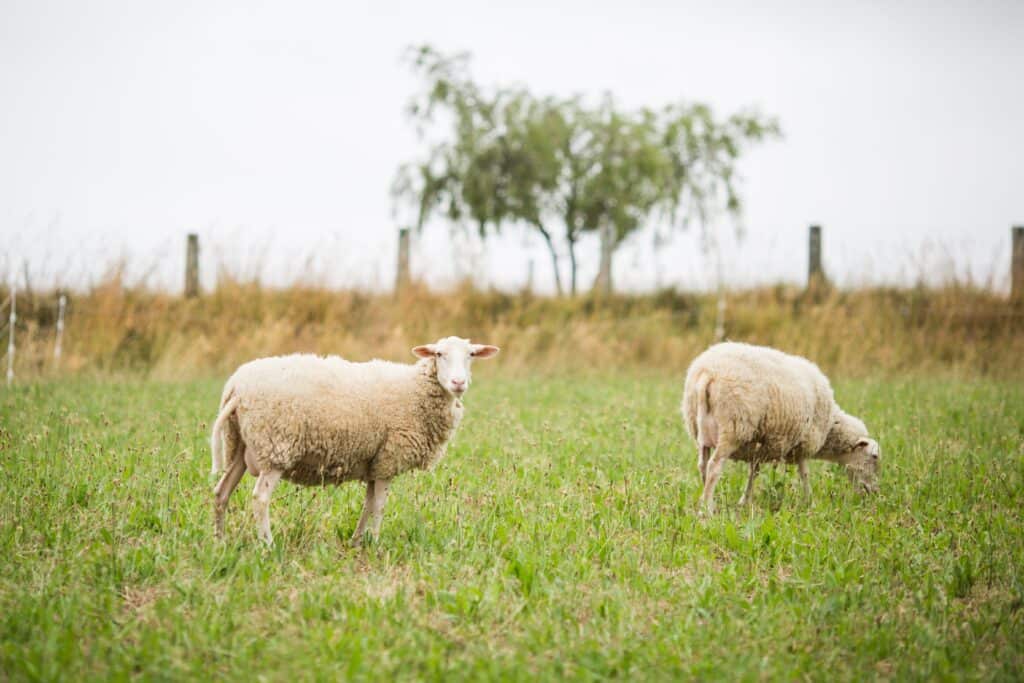
Understanding the Current Financial Landscape for Farmers
In the current economic climate, sheep and beef farmers are facing considerable challenges. Market prices for sheep meat and wool remain subdued, squeezing profit margins. Additionally, on-farm inflation, though slowing, continues to impact costs significantly. This situation is further compounded by rising regulatory expenses.
Insights from Beef + Lamb New Zealand’s Farm Survey
Beef + Lamb New Zealand has been conducting a comprehensive Sheep and Beef Farm Survey for over 70 years, encompassing data from 500 farms. This extensive research allows for an in-depth analysis of farm performance and profitability across various farming cycles, some even more severe than the current one.
Key Drivers of Farm Productivity and Profitability
The path to enhanced profitability in farming is not a single solution but a series of incremental improvements aimed at boosting farm efficiency.
This approach is evident in the performance of the top 20% of farms, as ranked by Earnings Before Interest, Tax, Rent, and Management (EBITRm) per hectare. These high-performing farms demonstrate superior results in several key areas, leading to increased gross farm revenue and profit margins.
Key performance indicators (KPIs) for these successful farms include:
- Higher ewe lambing percentages.
- Increased calving rates.
- Successful mating of ewe hoggets.
- Reduced stock losses.
- Sale of heavier lambs and cattle, indicating effective feeding and growth strategies.
These factors collectively contribute to higher meat production per hectare. Notably, high-performing farms consistently exceed average lambing, calving, and fawning percentages across seasons. For instance, North Island Hill Country farms produced 10 more lambs per 100 ewes than the average over a decade.
The formula for reproductive performance, and indeed all animal performance, is a combination of genetics, feeding, and animal health and welfare. High-performing farms excel in these areas, leading to more animals for sale and lower livestock losses.
Effective Resource Management
These successful farms typically maintain higher stocking rates and apply more fertiliser, including nitrogen, to pastures. This strategy results in heavier livestock, indicative of well-managed feeding plans that ensure robust growth rates.
Prioritising feeding is crucial, especially for ewes and breeding cows during mating, leading to high pregnancy scanning rates and healthy weights at lambing/calving and weaning. This approach aligns with market demands, ensuring high finishing stock growth and saleable weights.
While farmgate prices are less controllable, high-performing farms often achieve better per kilogram and per head prices for sheep and cattle, possibly due to strategic sales timing, participation in premium programmes, and effective farm policies.
Managing Costs Wisely
High-performing farms tend to have above-average expenses per hectare or per stock unit, reflecting investments in areas that boost productivity and result in high gross margins. These expenses often include fertiliser, feed, grazing, and maintenance, suggesting a robust farm infrastructure.
In the South Island, Finishing and Breeding farms invest more in cropping and see the highest returns from this activity within the survey. This indicates a strategic approach to expenditure, ensuring optimal use of resources without compromising on feeding.
Financial Management Strategies
Farmers are advised to manage their finances prudently, considering aspects like provisional tax payments, debt repayment schedules, postponing non-critical expenses, and optimising sales and expenditure timing. Collaborating with financial advisors and bankers can help minimise overdraft interest.
Given that significant farm expenditures include fertiliser, seeds, animal health, feed, grazing, and wages, farmers are increasingly applying a critical approach to differentiate between essential and non-essential expenses.
For instance, comprehensive soil testing can ensure that fertiliser expenditure is as effective as possible. Despite recent sharp increases in fertiliser prices leading to reduced usage, further cuts in this area could adversely affect next season’s production.



